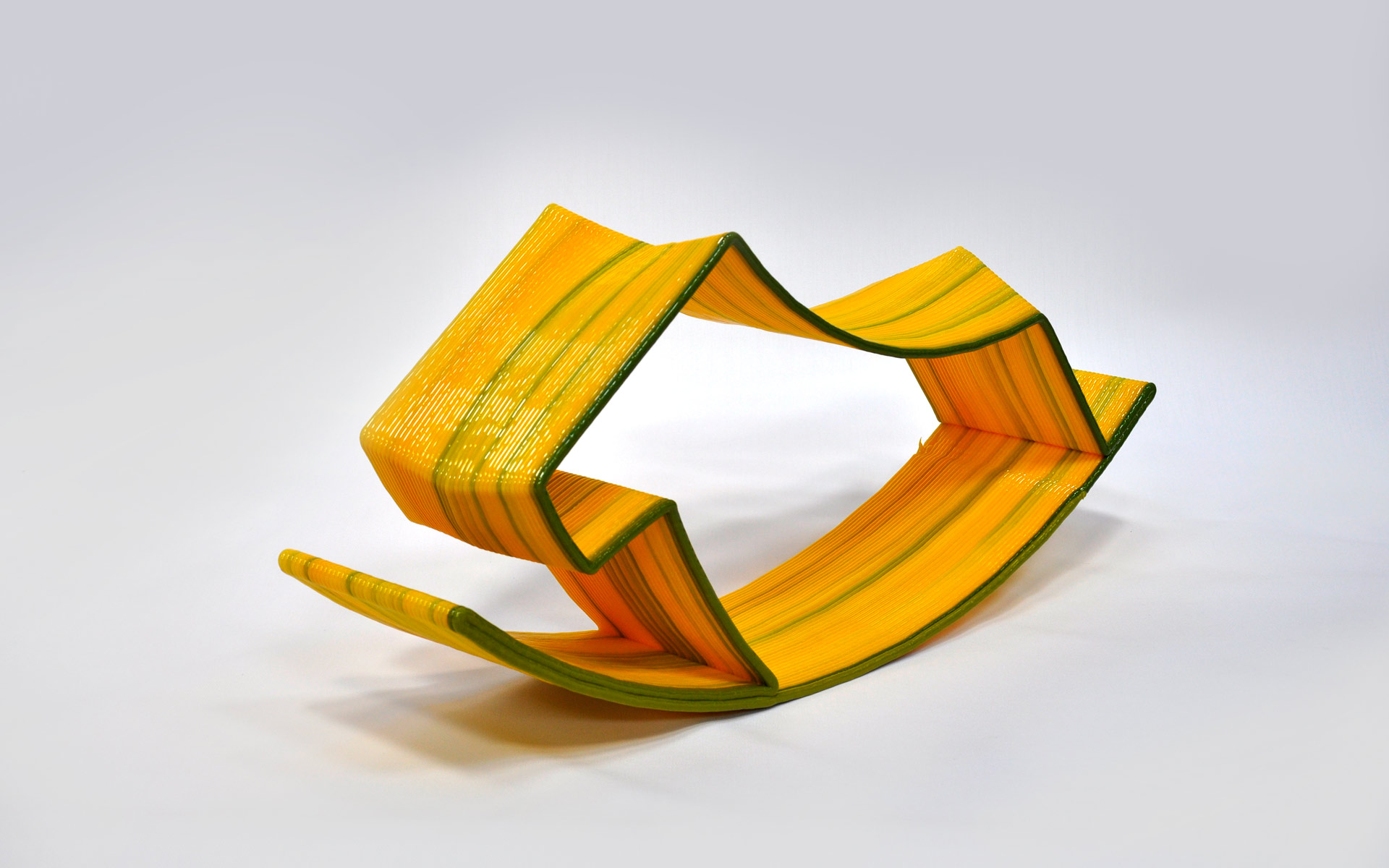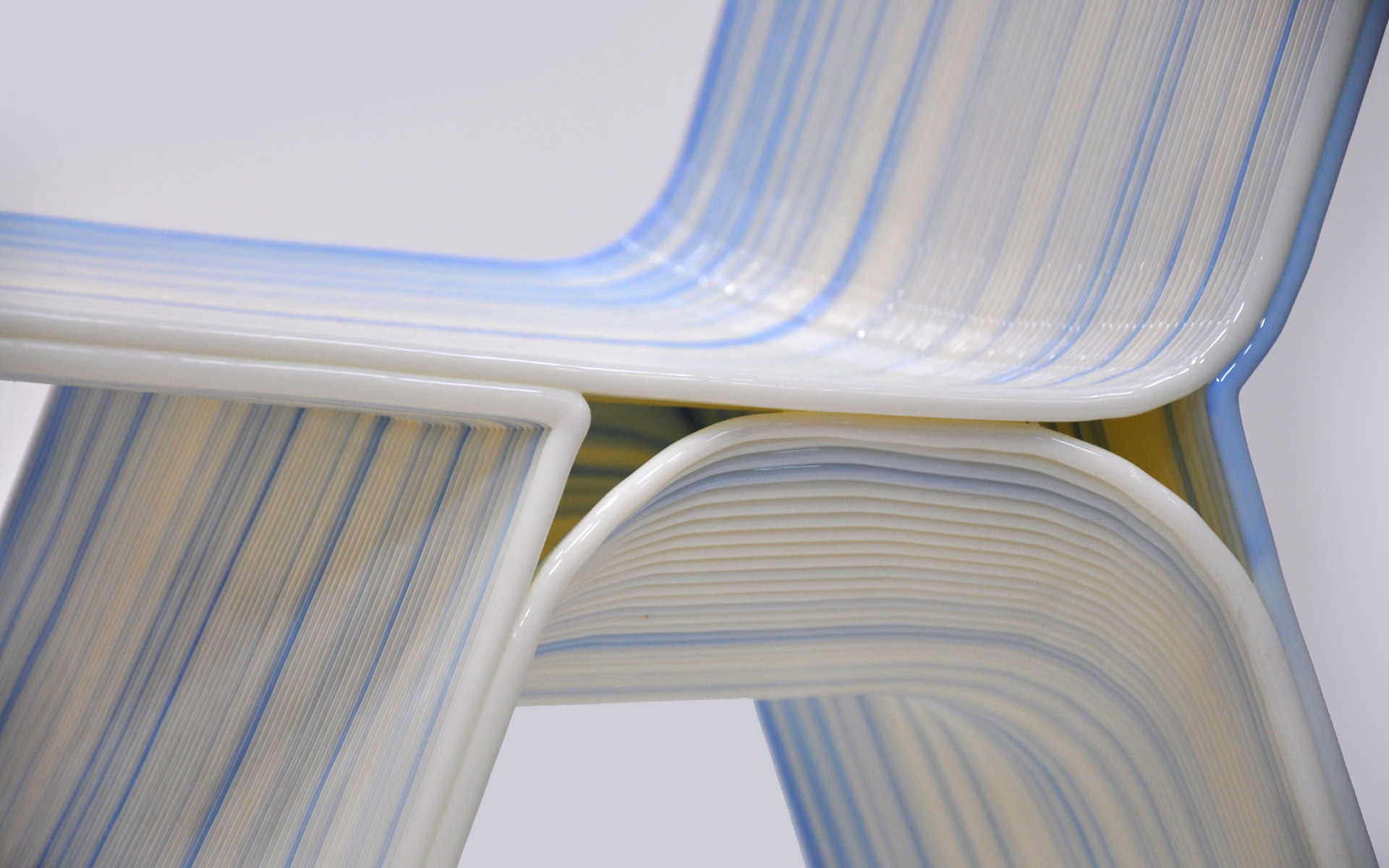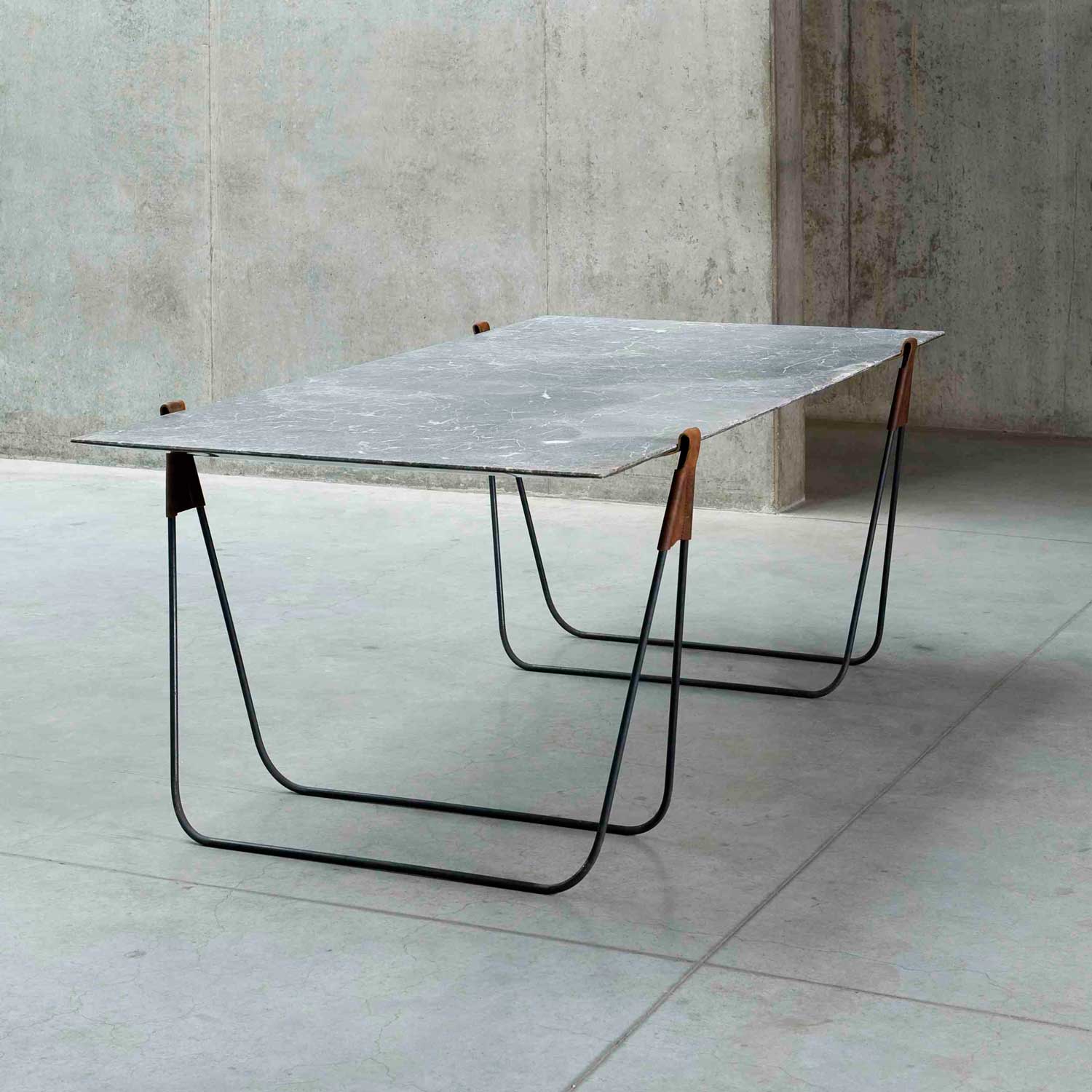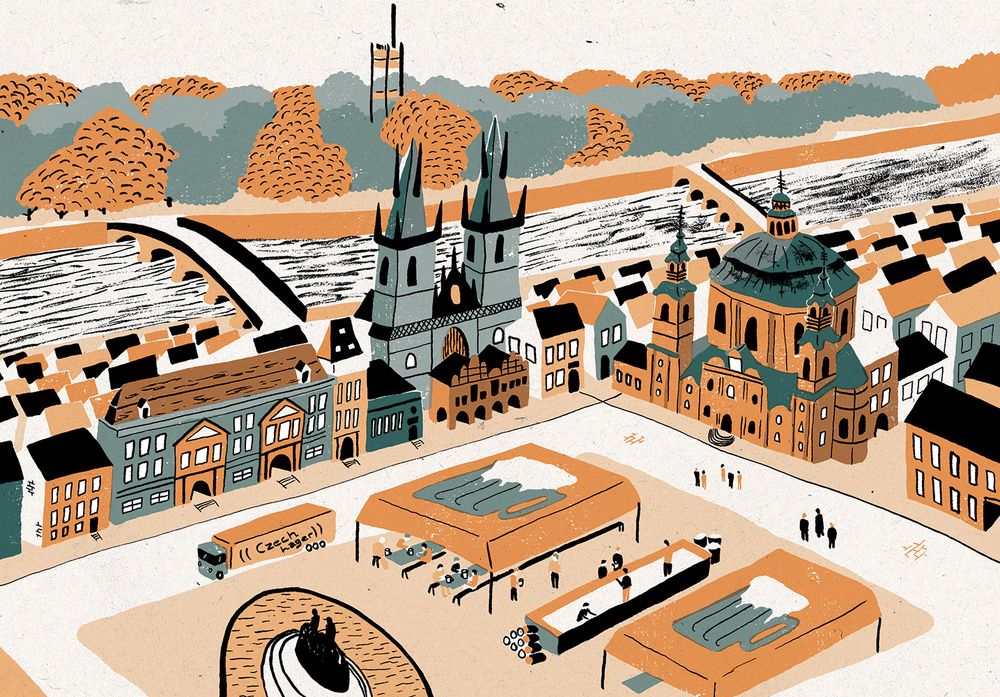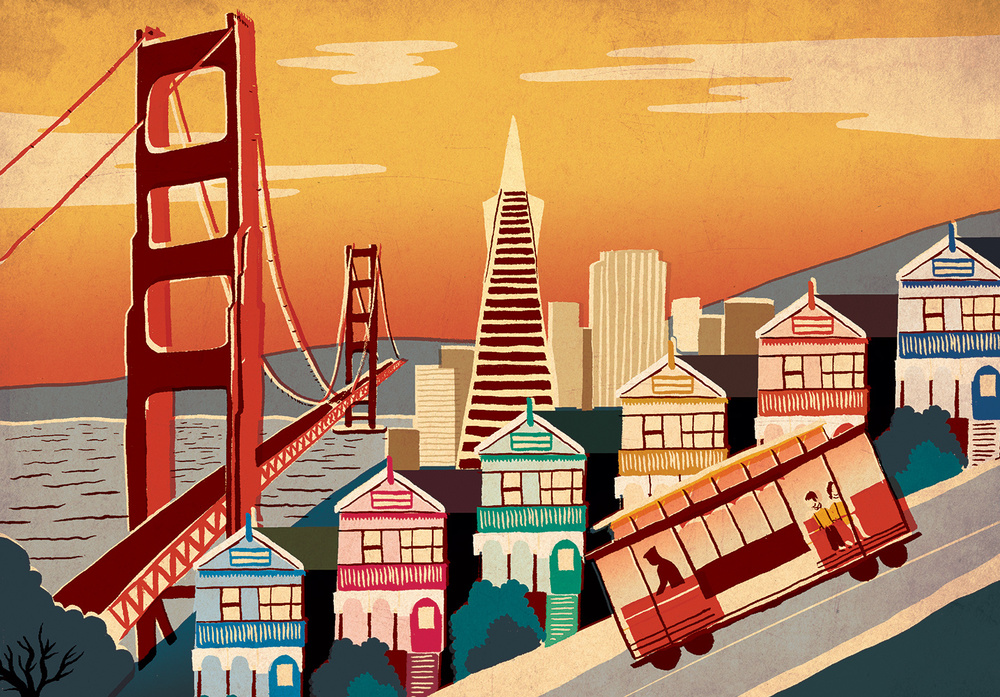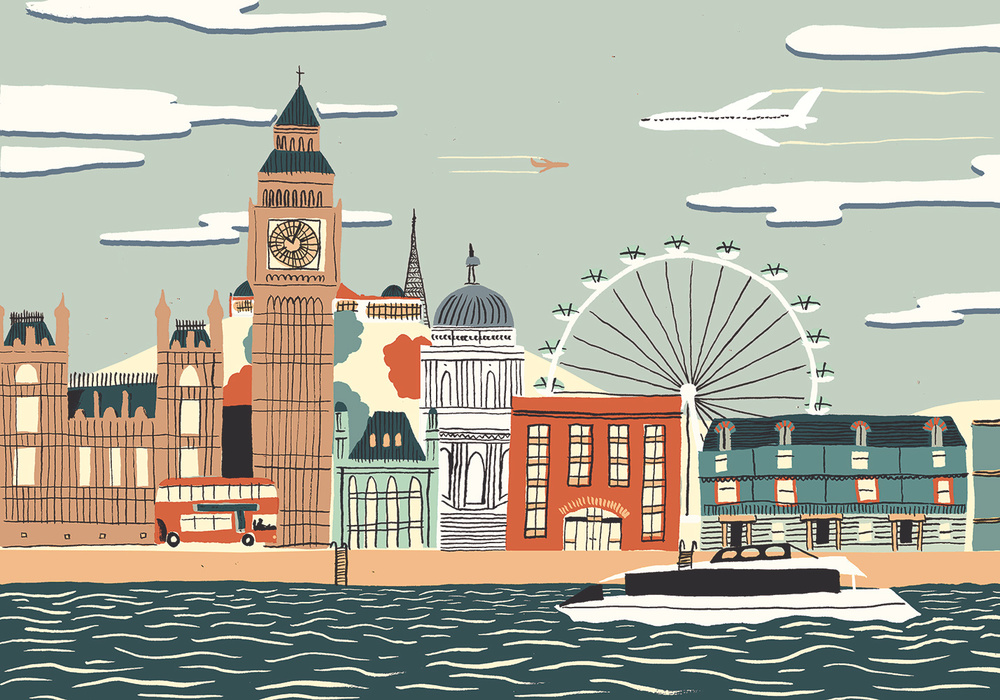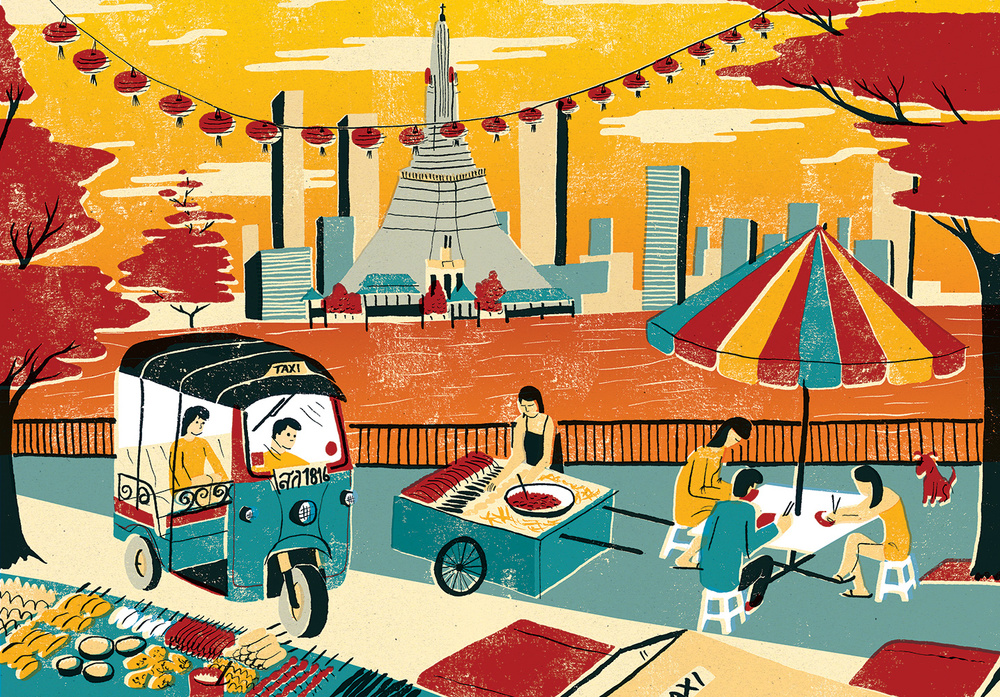This small house, called House Unimog, is the result of a collaboration by Wezel Architektur’s and Fabian Evers Architecture. The two studios combined their technical know-how and creativity to develop this simple, but beautiful and efficient home in Germany.
The unusual house is sited next to a heavily trafficked road in Tübingen, its surrounded by a mixture of multi-story residential and agricultural buildings. The design consists of two main volumes; the ground floor acts as a spacious garage to house the owners large Mercedes Unimog truck, and the upper level of the home is dedicated to the living quarters.
House Unimog was designed and built on a “very tight” budget, 175,000 Euros ($238,190). To save money they created a home that’s structurally efficient, doubling up on structural materials to act as interior finishes (OSB). The overall aesthetic is adopted from the surrounding farmhouses with it’s own contemporary interpretation.
To minimise the buildings footprint (and costs) the two main functional spaces were stacked on top of one another. The elevated living spaces allowed the architects to take advantage of the views; they were able to orient window openings away from the busy street and focus them on the landscape.
Unlike the living quarters above, the garage doesn’t have any windows. Instead it’s clad with translucent polycarbonate sheeting which creates a very bright interior, without any outward views at the street level. The two types of cladding on the upper and lower levels are also in complete contrast with each other – one is verging on white, the other on black.
The side of House Unimog that faces away from the road features a staircase that leads up to a loggia. The loggia offers panorama views of the Germany landscape. The glass patio doors open up to an open plan living room, kitchen and dining space. You’ll also find a bedroom and bathroom, all of which are finished in OSB. The windows openings have been positioned so as to take advantage of the neighbourhood.
http://humble-homes.com/







